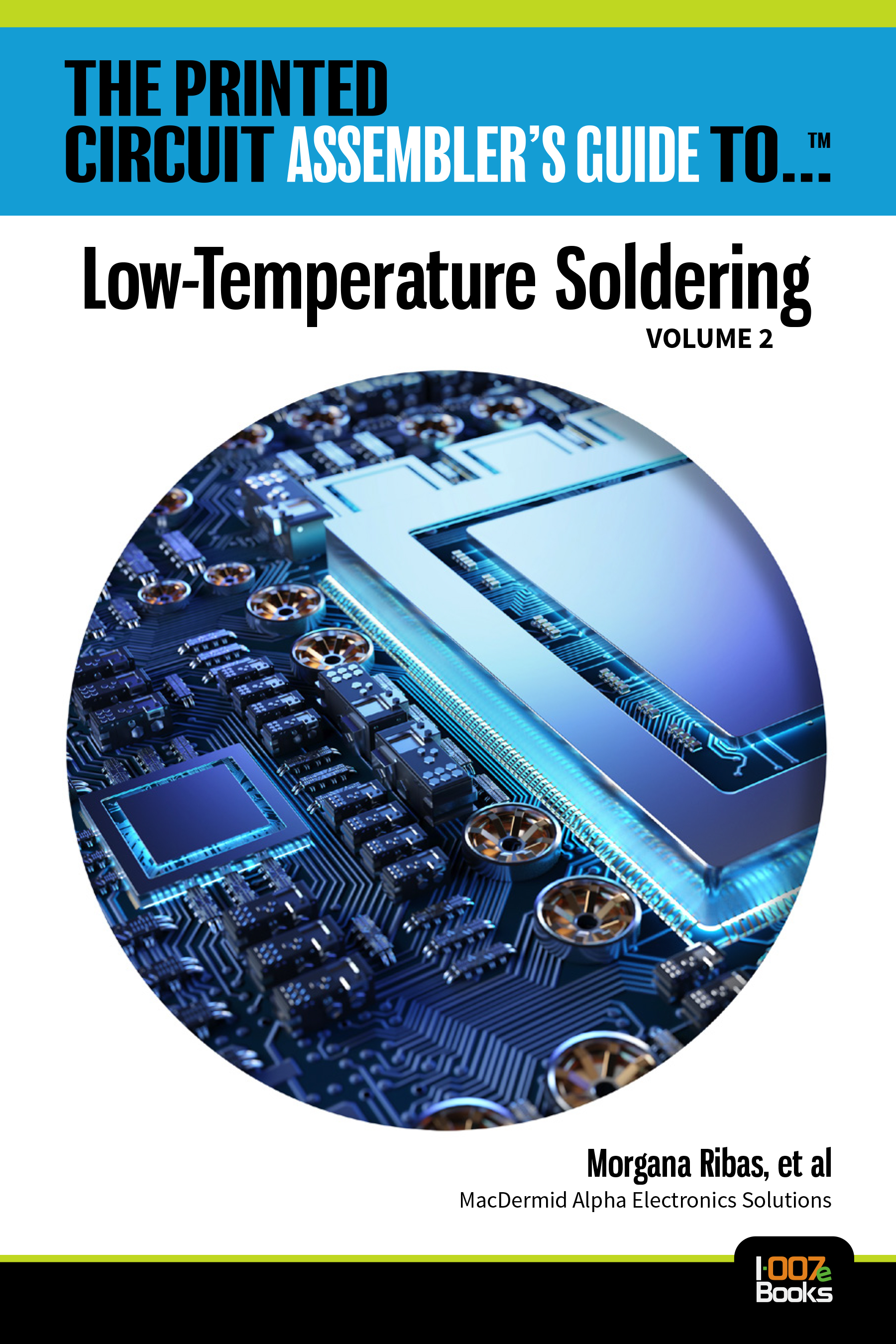-

- News
- Books
Featured Books
- design007 Magazine
Latest Issues
Current Issue
Level Up Your Design Skills
This month, our contributors discuss the PCB design classes available at IPC APEX EXPO 2024. As they explain, these courses cover everything from the basics of design through avoiding over-constraining high-speed boards, and so much more!

Opportunities and Challenges
In this issue, our expert contributors discuss the many opportunities and challenges in the PCB design community, and what can be done to grow the numbers of PCB designers—and design instructors.

Embedded Design Techniques
Our expert contributors provide the knowledge this month that designers need to be aware of to make intelligent, educated decisions about embedded design. Many design and manufacturing hurdles can trip up designers who are new to this technology.
- Articles
- Columns
Search Console
- Links
- Events
||| MENU - design007 Magazine
Sensible Design
Column from: Team Electrolube
Saskia Hogan
Saskia Hogan, Global Product Manager, Conformal Coatings, has a degree in business management and joined Electrolube six years ago, as technical sales engineer for Germany, Switzerland, Benelux, and Scandinavia. Saskia is now responsible for driving the development and growth of the coating lines to increase global market share and collaborate with global R&D and sales teams to support the changing needs of customers and their applications with new advances in product development. This further extends to foreseeing new trends, and if suitable for Electrolube, establishing where they would fit within a specific product group.
Beth Massey
Beth Massey, Global Product Manager, Encapsulation Resins, joined Electrolube six years ago. She has a master’s degree in chemistry from the University of Durham and initially worked as part of the Technical Support Team before moving to Export Sales, looking after Electrolube sales for parts of Asia, the Middle East, Africa, and South America. Beth is now responsible for driving the growth of the resin lines to increase global market share, provide technical guidance for Electrolube’s current and emerging technologies, and collaborate with global R&D and sales teams to support the changing needs of customers and new advances in product development. Beth is also responsible for spotting new trends and technologies.


